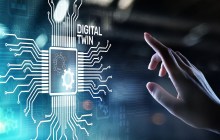Digital Technology Investments A Differentiator Amidst Crisis

By SJ Global Academy and Surbana Jurong’s Smart Cities Solutions
The COVID-19 outbreak is global, and increasing in intensity. Stringent measures have been adopted around the world to contain the virus, severely limiting economic activity. This has put a strain on many industries including the built environment industry, disrupting operations and forcing delays. In trying times like this, investments in digital technologies become a great differentiator.
The Building and Construction Authority (BCA) of Singapore first announced the adoption of Integrated Digital Delivery (IDD) plans for the built environment industry in November 2018. Since then, it has encouraged companies to digitise their processes and adopt productivity enhancing tools including ‘Cloud’ technologies.
In tandem with BCA’s efforts, Surbana Jurong (SJ) has accelerated its adoption of innovative technologies for various aspects of its business. The benefits are showing in the current crisis.
We flipped a switch and activated our Business Continuity Planning at a moment’s notice. With the segregation of teams, enterprise-grade virtual meeting technologies like Zoom, Microsoft Teams and Skype for Business (refer to Illustration A), have given teams across the organisation, globally, the ability to conduct meetings as if everyone was in the same room. At the same time, monitoring or inspecting construction projects for project managers can be done remotely through the use of cameras and even drones (refer to Illustration B). High quality construction cameras allow project managers a thorough view of construction activities and operations.
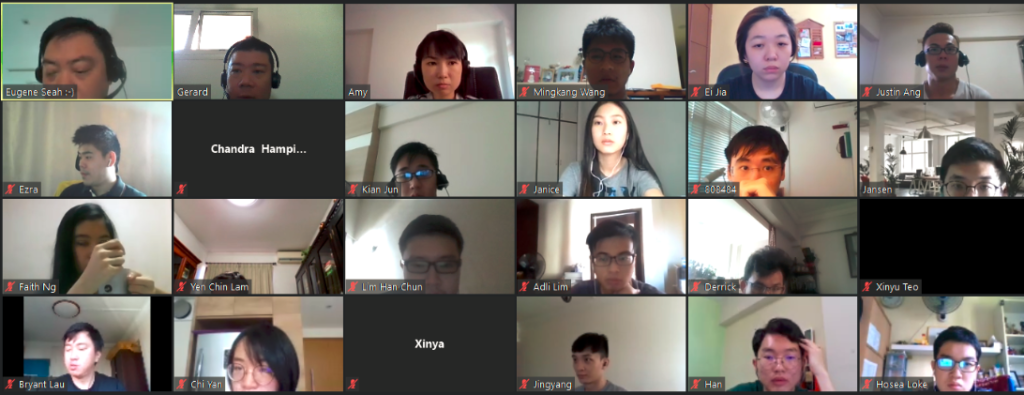
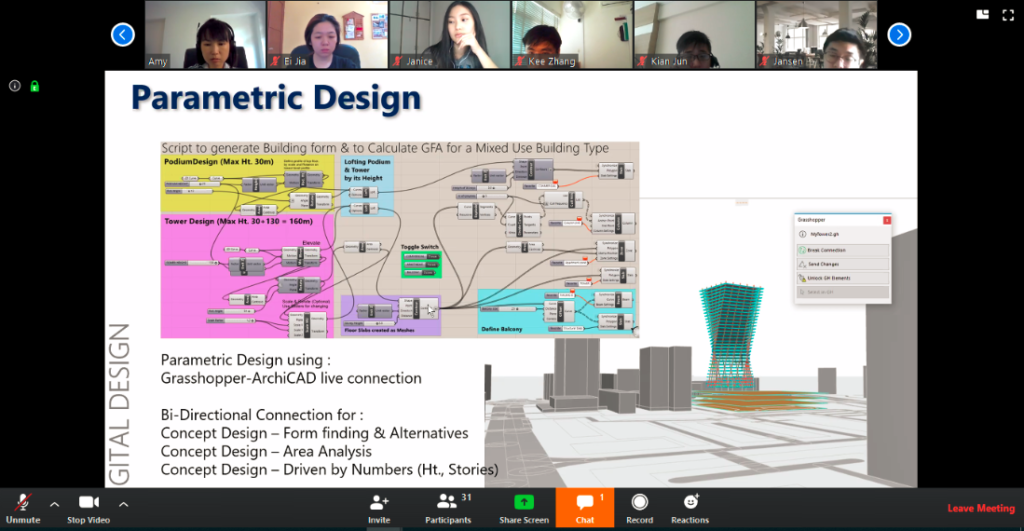 Illustration A: Staff of SJ undergoing graduate development programme using Zoom
Illustration A: Staff of SJ undergoing graduate development programme using Zoom
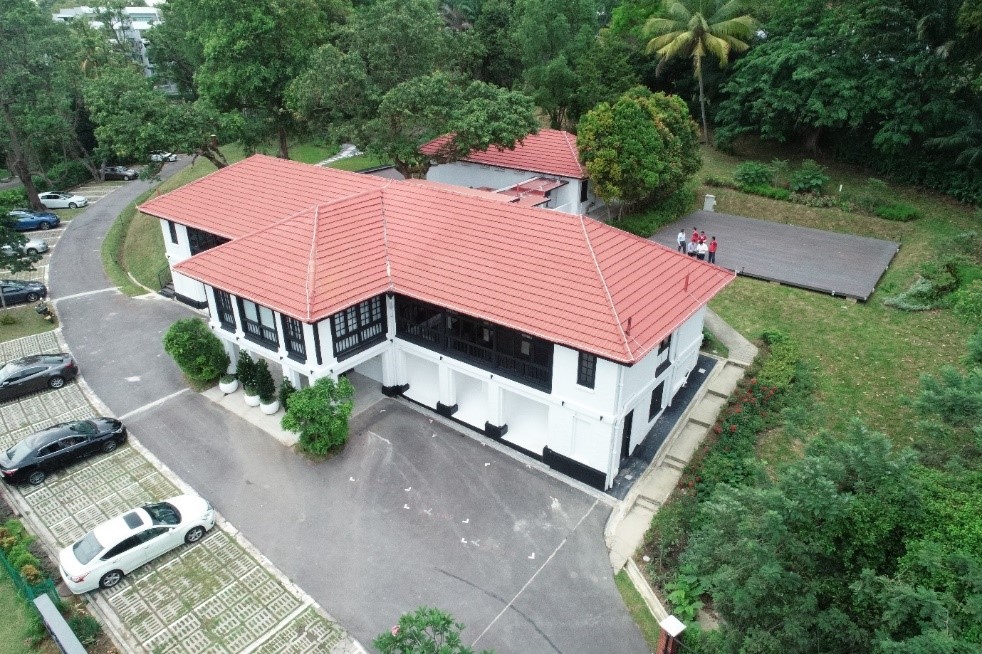 Illustration B: Remote monitoring and inspection of SJ Gobal Academy @ 7 Adam Park using Drones
Illustration B: Remote monitoring and inspection of SJ Gobal Academy @ 7 Adam Park using Drones
More crucially, SJ uses Building Information Modelling (BIM) to manage design and engineering information for projects across the project lifecycle. A key output is the digital modelling and description of every aspect of the building or infrastructure asset, drawing on information assembled collaboratively and updated regularly. Additionally, putting BIM on the Cloud (Refer to Illustration C) allows project information to be accessed by the appropriate people when required. Complex designs can be created, discussed, revised and updated with ease from any location.
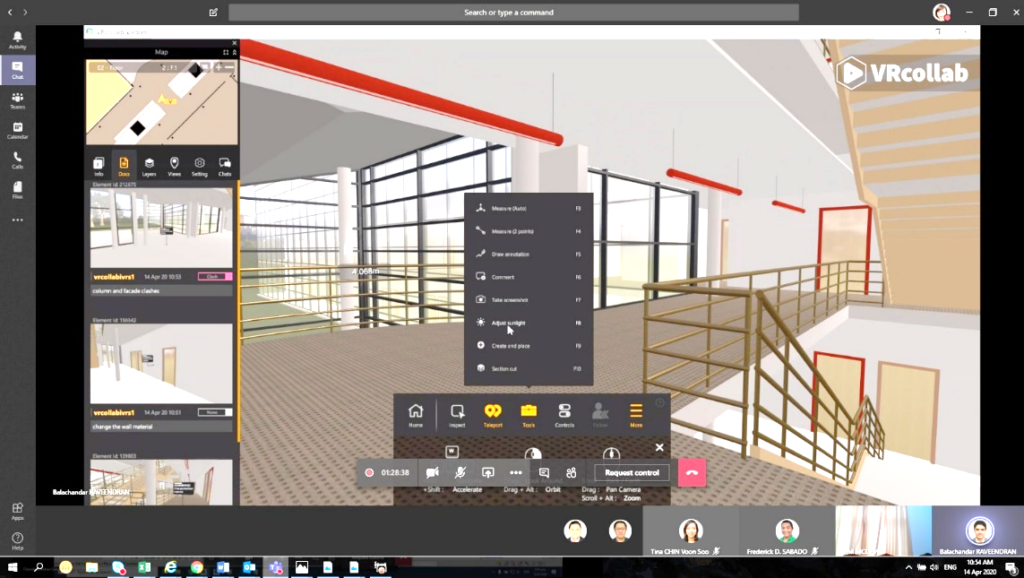 Illustration C: Design and construction can be done virtually and remotely using BIM on the Cloud
Illustration C: Design and construction can be done virtually and remotely using BIM on the Cloud
By combining people, process and technology, these advanced tools help companies in the built environment create value under normal conditions. In crisis situations, their value is amplified. They enable teams to make informed decisions and continue driving the best outcomes for clients.
Companies in the built environment will no doubt continue to face disruptions caused by the COVID-19 outbreak, but those who have invested in digital technology to support collaborative ways of working will likely be in a stronger position to carry out their operations seamlessly. For them, COVID-19 could well stand for “Construction Overcoming Virus Using Digital solutions”.



